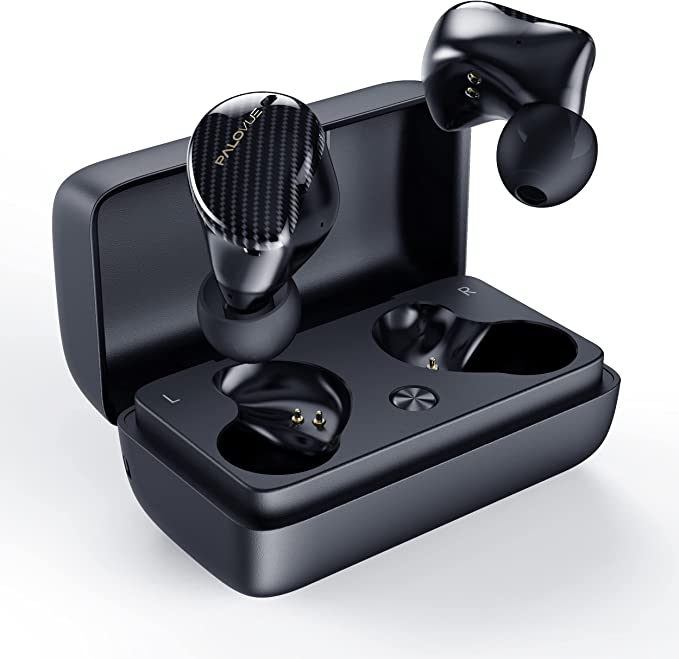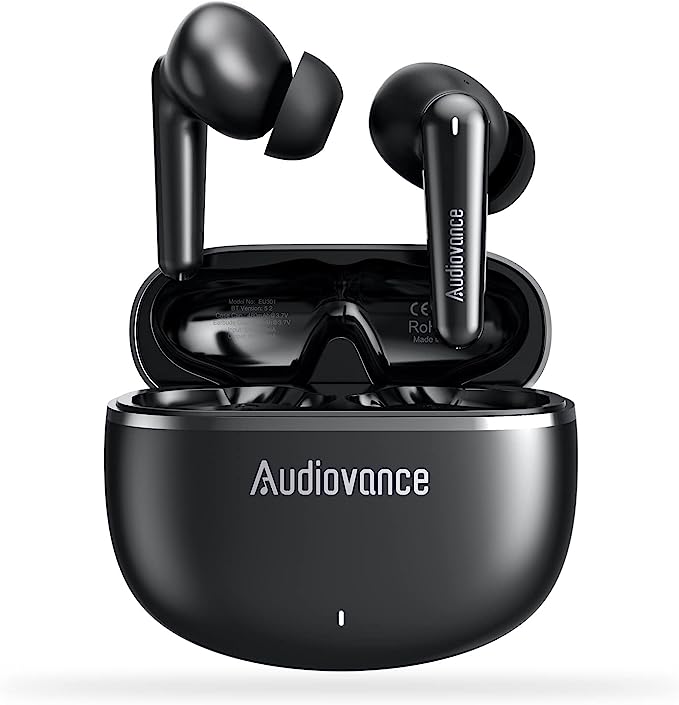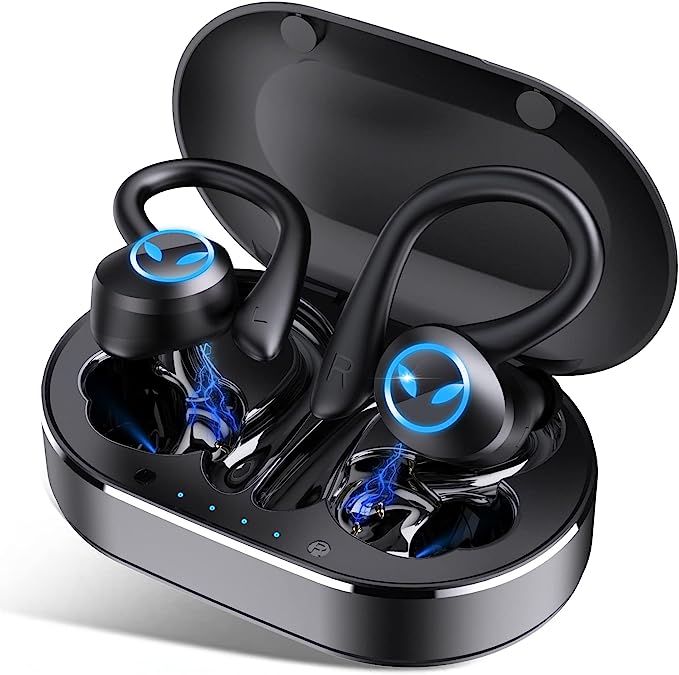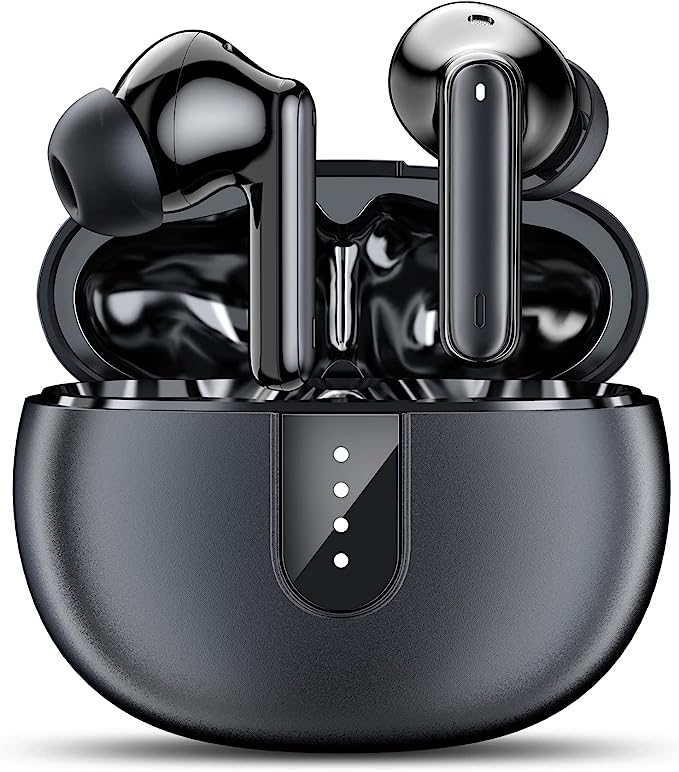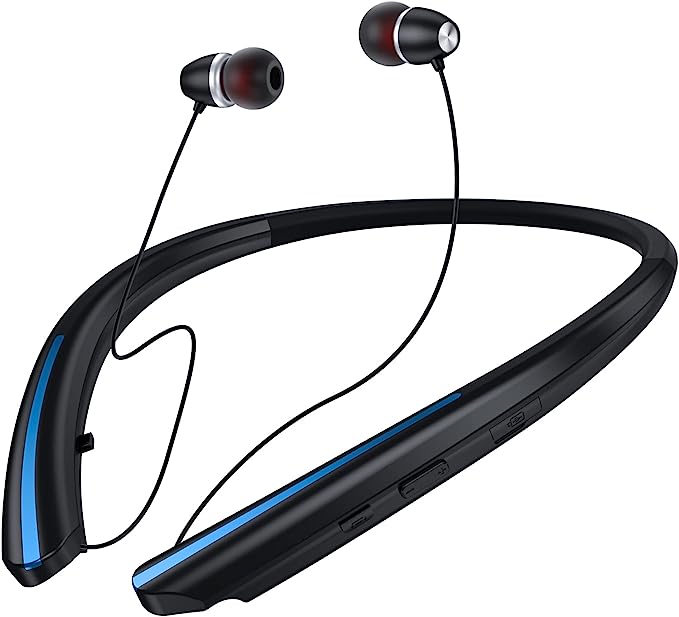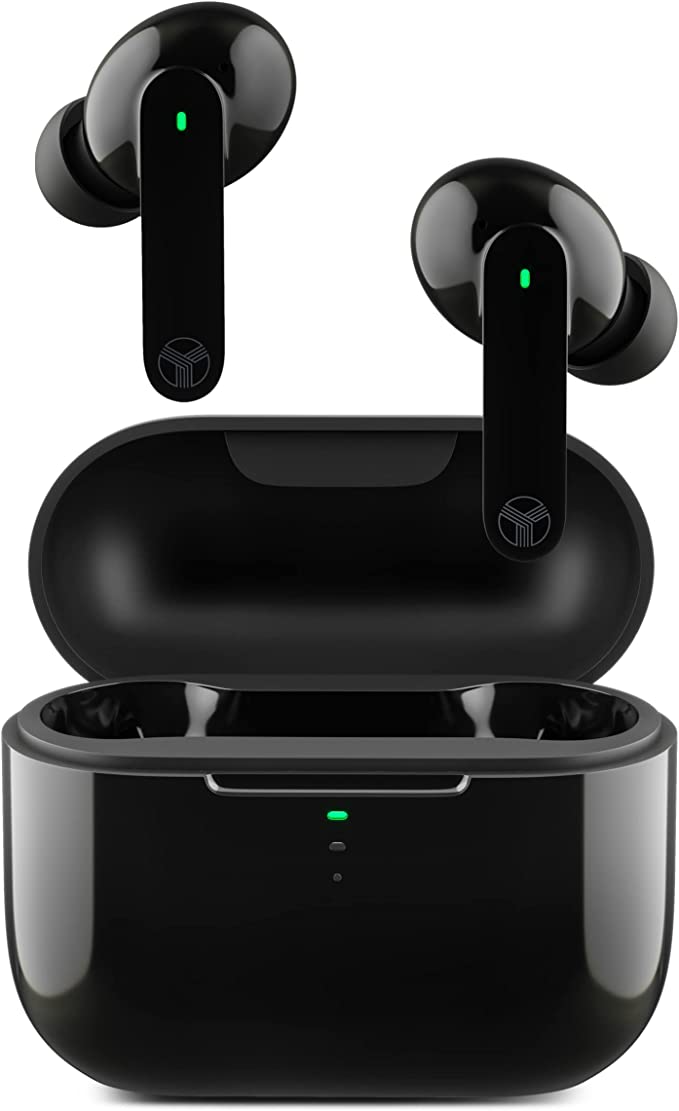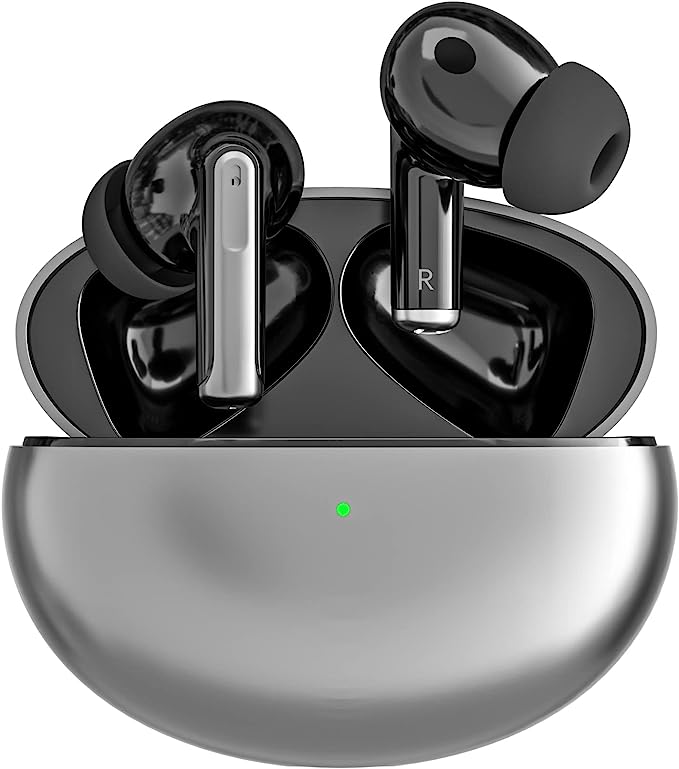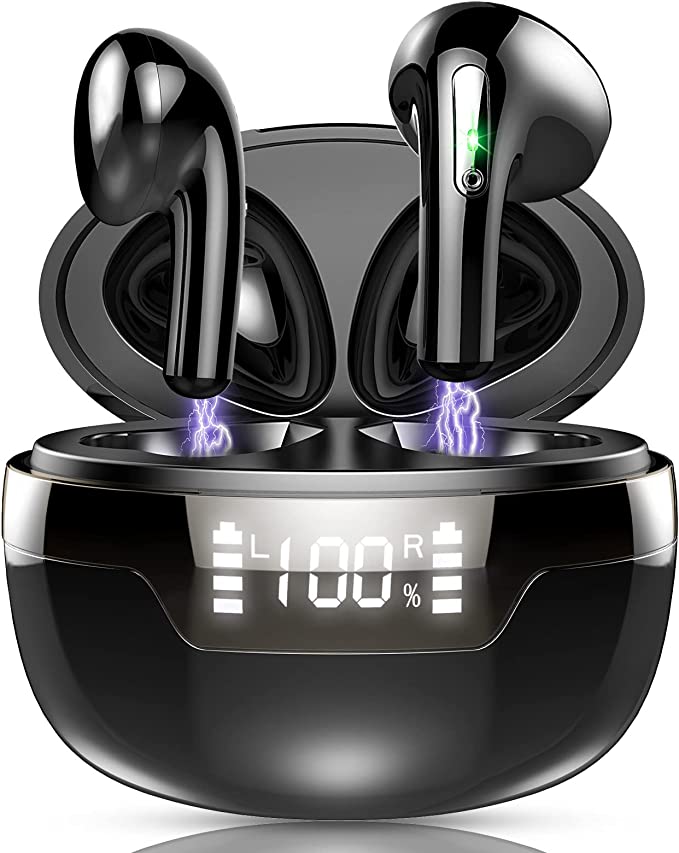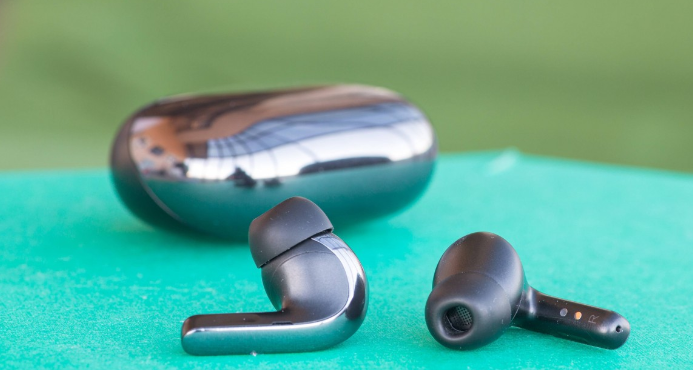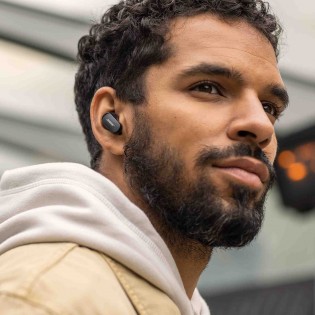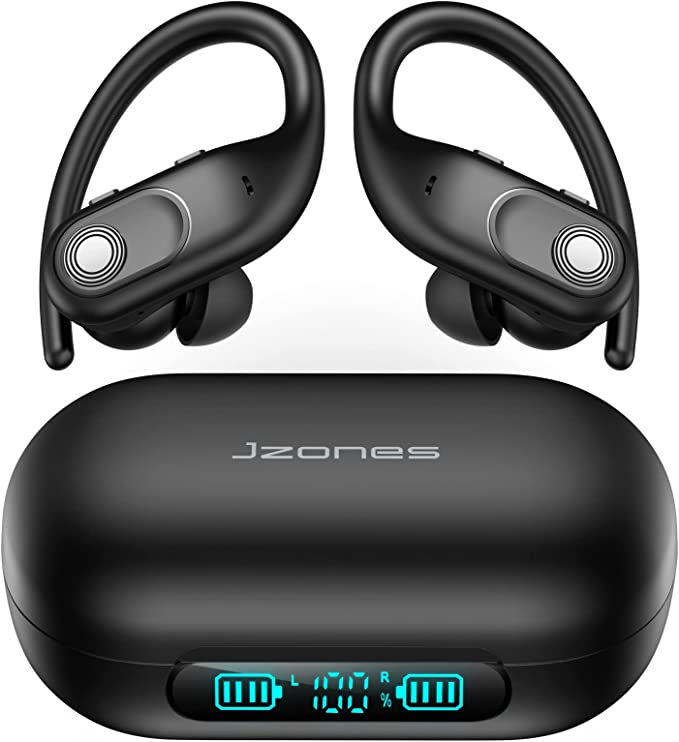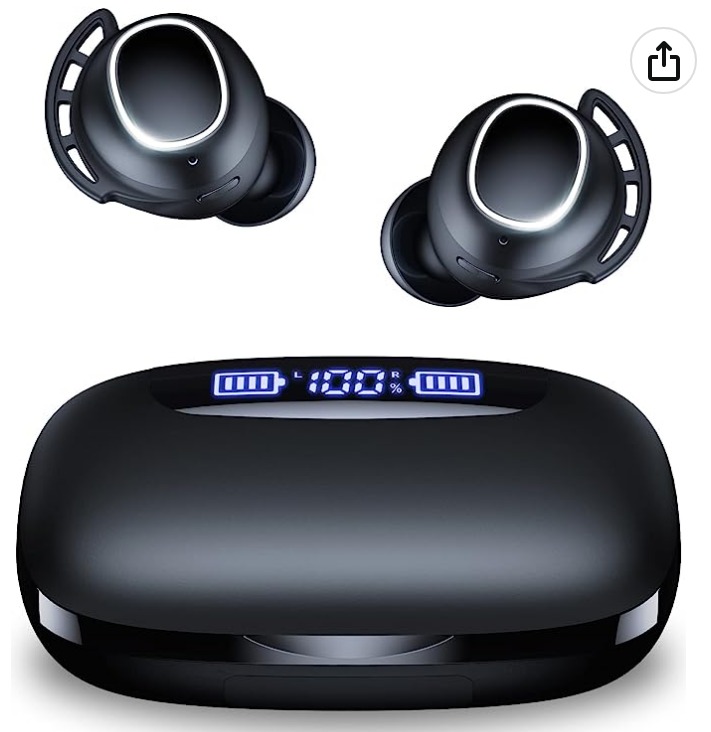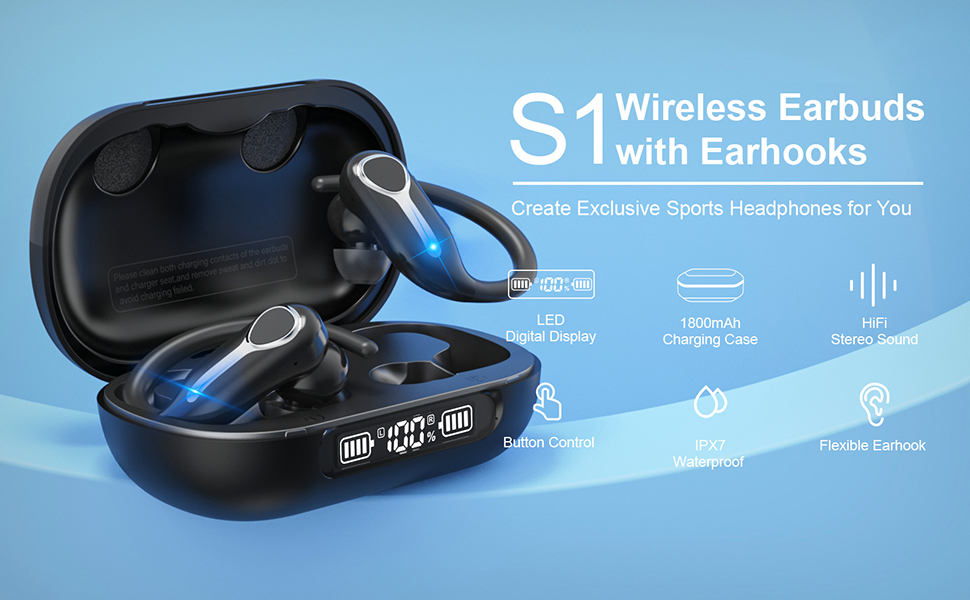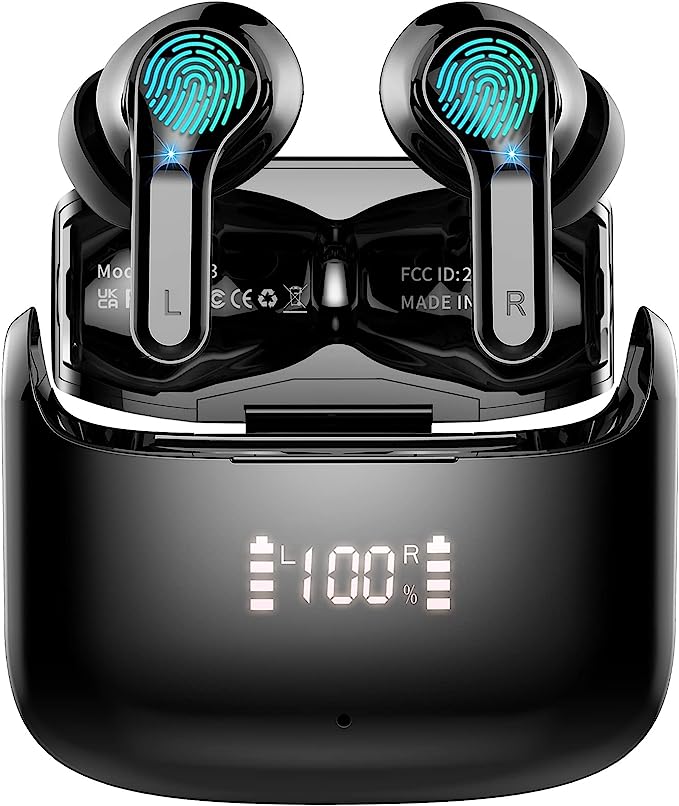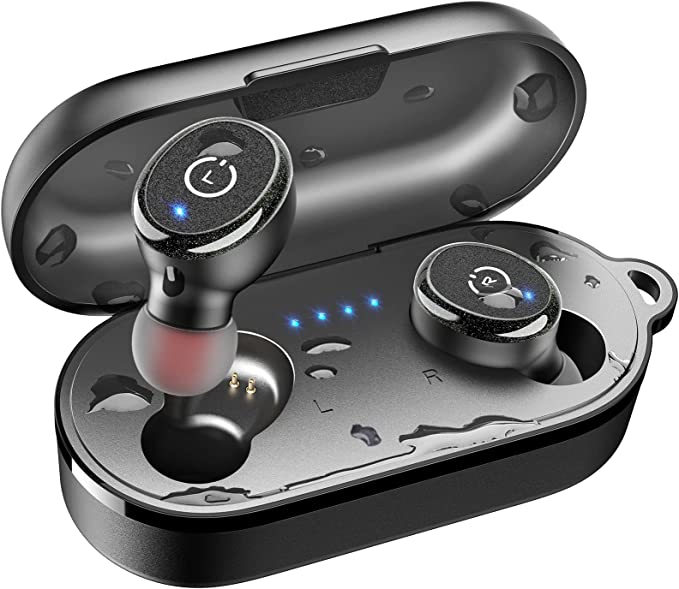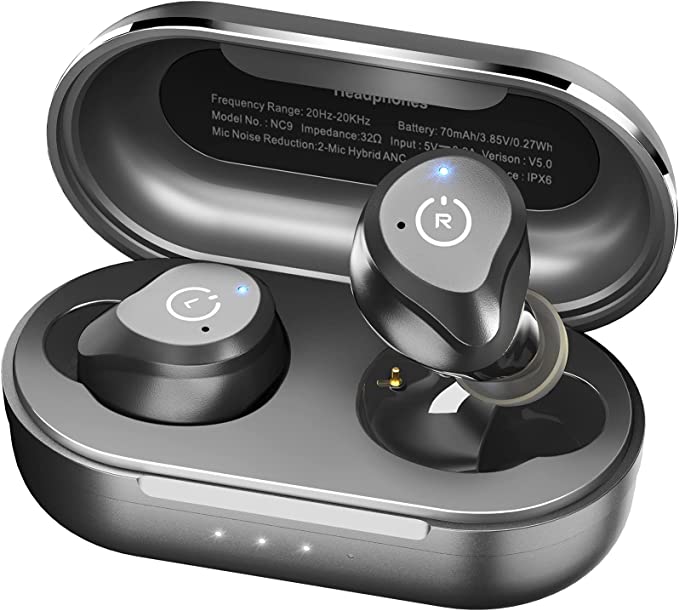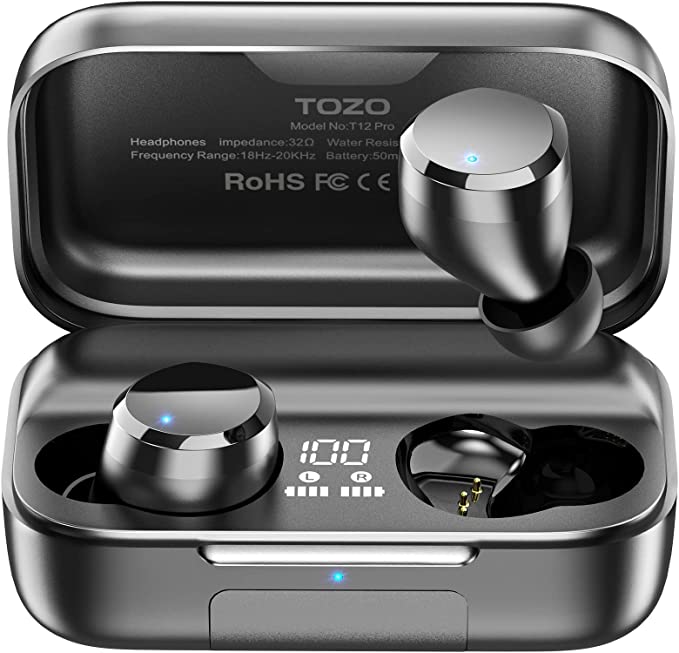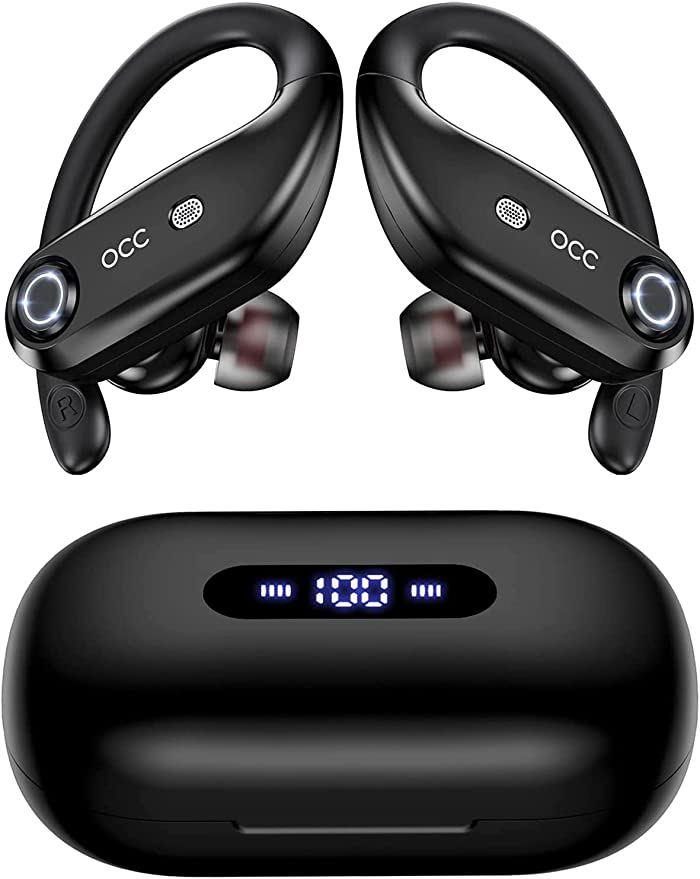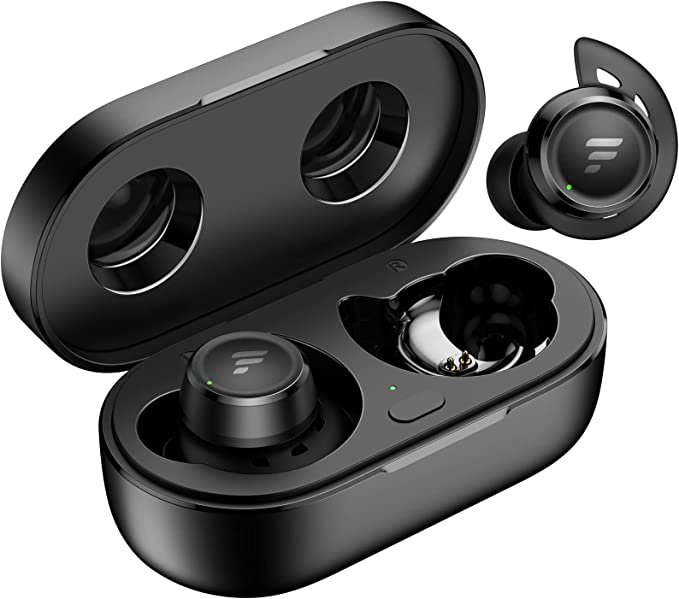Xiaomi Redmi Buds 3 Lite: Immersive Sound and Secure Fit for Your Active Life
Update on Feb. 19, 2025, 11:45 a.m.
A World of Sound, Unwired
Imagine you’re on a crowded bus, the rumble of the engine and the chatter of passengers competing with your favorite podcast. You crank up the volume, but it’s still a struggle to hear clearly. Or picture yourself on a morning run, your earbuds constantly slipping out, forcing you to interrupt your stride to readjust them. These frustrating experiences highlight the challenges of enjoying audio on the go. We live in a world of sound, but accessing that sound clearly and comfortably isn’t always easy. That’s where wireless earbuds like the Xiaomi Redmi Buds 3 Lite come in. They’re designed to deliver a personal soundscape, free from the constraints of wires and the distractions of the outside world – and they do it without breaking the bank. But how do these tiny devices work? Let’s delve into the science behind the sound.

The Tiny Vibrations That Create Big Sound
Everything you hear, from the gentle rustling of leaves to the soaring notes of a symphony, is the result of vibrations. When an object vibrates, it creates pressure waves in the air, like ripples spreading across a pond. These pressure waves, called sound waves, travel through the air and reach your ears.
Inside your ear, a complex series of structures transforms these waves into electrical signals that your brain interprets as sound. The eardrum vibrates in response to the sound waves, these vibrations are amplified by tiny bones in the middle ear, and finally, they reach the cochlea, a fluid-filled structure in the inner ear. Within the cochlea, microscopic hair cells convert the vibrations into electrical signals that travel along the auditory nerve to the brain.
The Redmi Buds 3 Lite, like most headphones, use a dynamic driver to recreate these vibrations. Think of a dynamic driver as a miniature loudspeaker. It consists of a diaphragm (a thin, flexible membrane), a voice coil (a coil of wire), and a magnet. When an electrical signal passes through the voice coil, it creates a magnetic field that interacts with the magnet, causing the diaphragm to vibrate. The faster the diaphragm vibrates, the higher the frequency (pitch) of the sound produced. The greater the amplitude of the vibration, the louder the sound.
The 6mm dynamic driver in the Redmi Buds 3 Lite might seem small, but its size is carefully chosen. Smaller drivers are generally better at reproducing higher frequencies, while larger drivers excel at producing bass. A 6mm driver strikes a good balance, offering a clear and detailed sound across a wide range of frequencies, especially for its price point. It’s like having a tiny, well-tuned instrument playing directly into your ear.
Bluetooth 5.2: Cutting the Cord, Not the Quality
For years, enjoying high-quality audio meant being tethered to your device by a wire. Bluetooth technology changed all that, allowing us to stream audio wirelessly. But early versions of Bluetooth had their limitations: dropped connections, noticeable audio lag, and significant battery drain.
The Redmi Buds 3 Lite utilizes Bluetooth 5.2, the latest iteration of this technology, and it represents a significant leap forward. One of the key improvements is lower latency. Latency refers to the delay between when a sound is generated and when you hear it. High latency can be incredibly frustrating, especially when watching videos or playing games, where the audio needs to be perfectly synchronized with the visuals. Bluetooth 5.2 significantly reduces this delay, making for a much more immersive experience.
Think of it like this: imagine you’re watching a movie, and the sound of a door slamming arrives a second after you see the door close. That disconnect would be jarring. Bluetooth 5.2 minimizes this disconnect, keeping the audio and video in sync. The Redmi Buds 3 Lite even includes a dedicated low latency mode, further optimizing the connection for gaming.
Bluetooth 5.2 also offers a more stable connection. It’s less susceptible to interference from other wireless devices, meaning fewer dropped connections and a more reliable listening experience. Finally, Bluetooth 5.2 is more energy-efficient, which translates to longer battery life for your earbuds. The Redmi Buds 3 Lite can provide up to 5 hours of playback on a single charge, and the charging case extends that to a total of 18 hours.

Designed for Your Ears: Comfort and Stability in Motion
Imagine wearing a pair of shoes that are either too tight or too loose. You wouldn’t get very far without discomfort or constantly stopping to adjust them. The same principle applies to earbuds. A comfortable and secure fit is essential, especially for extended listening sessions or during physical activity.
The Redmi Buds 3 Lite are designed with ergonomics in mind. Ergonomics is the science of designing products to fit the human body comfortably and efficiently. The earbuds themselves are lightweight, minimizing pressure on your ears. They also come with three different sizes of soft silicone eartips. This allows you to customize the fit to your ear canal, creating a snug seal that not only enhances comfort but also passively blocks out some external noise.
But the real magic lies in the unique “cat-ear” design. These small, flexible wings tuck gently into the concha of your ear (the outer bowl-shaped part), providing additional stability. This design helps to keep the earbuds securely in place, even during vigorous movement like running or jumping. It’s like having a tiny, built-in anchor that keeps your earbuds from flying out.

Clear Calls in a Noisy World: The Science of Noise Reduction
We’ve all experienced the frustration of trying to have a phone conversation in a noisy environment. Background noise can make it difficult to hear the other person, and it can also make it difficult for them to hear you.
The Redmi Buds 3 Lite tackles this problem with single-microphone noise reduction technology for calls. While it doesn’t offer Active Noise Cancellation (ANC), which uses sophisticated microphones and algorithms to actively cancel out ambient noise, it does employ a clever algorithm to improve call clarity.
Here’s how it works: The single microphone on each earbud picks up both your voice and the surrounding noise. The noise reduction algorithm then analyzes the incoming sound and attempts to differentiate between the two. It prioritizes the frequencies associated with human speech while suppressing the frequencies associated with background noise.
Think of it like trying to pick out a single voice in a crowded room. Your brain naturally filters out the surrounding chatter and focuses on the voice you’re trying to hear. The noise reduction algorithm in the Redmi Buds 3 Lite does something similar, albeit in a more rudimentary way.
It’s important to note the limitations of single-microphone noise reduction. It’s most effective at reducing steady-state noise, like the hum of an air conditioner or the drone of traffic. It’s less effective at handling transient noise, like sudden loud sounds or wind noise. For truly immersive noise cancellation, you’d need earbuds with ANC, which typically come at a higher price point.
Beyond the Basics: Exploring Headphone Technology
The Redmi Buds 3 Lite represent a solid blend of affordability and essential features in the wireless earbud market. But the world of audio technology is vast and constantly evolving. Other headphone technologies offer different approaches and capabilities:
- Bone Conduction Headphones: These headphones transmit sound vibrations through the bones of your skull directly to your inner ear, bypassing your eardrums. This allows you to hear audio while still being aware of your surroundings, making them a popular choice for runners and cyclists.
- Different Audio Codecs: The quality of Bluetooth audio also depends on codec. Redmi Buds 3 Lite use SBC(Subband Coding). Higher-quality codecs such as aptX and LDAC which are not supported by Redmi Buds 3 Lite offer potentially better sound quality, but both the source device (like your phone) and the headphones need to support the same codec.
- Active Noise Cancellation (ANC)
This concludes our exploration of the science and technology behind the Xiaomi Redmi Buds 3 Lite. These earbuds demonstrate that impressive audio performance and comfortable design don’t have to come with a hefty price tag. They offer a gateway to the world of wireless sound, combining essential features with an understanding of how we hear and interact with the world around us.
